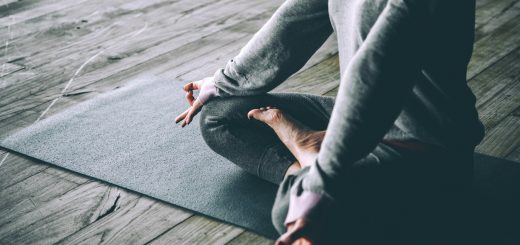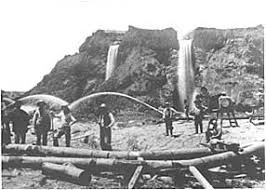The best exercises you can do if you suffer from knee pain
A few days ago we talked about the exercises and sports more indicated in the case of suffering back pain, one of the most common pathologies between sedentary and athletes. Today we focus on another type of pain also very common and that is frequent especially among the most active people: knee pain.
 Not all knee pains are the same: Identify the origin
Not all knee pains are the same: Identify the origin
It is not the same, nor does it have the same solution, a knee pain caused by a trauma that another due to poor posture during the execution of an exercise, for example. A patellar chondromalacia will not have the same treatment as a tendinitis caused by poor running technique.
That is why it is very important that when we feel pain in the knee we first go to the health personnel, who will be in charge of locating the possible origin of our ailment and of applying the appropriate treatment for our case.
A synergistic work of different medical specialists, such as traumatologists and physiotherapists, as well as personal trainers, can be very beneficial not only when it comes to eliminating knee pain, but also to prevent possible future injuries.
The exercises that help you take care of your knees
One of the things that can help us both improve the pain of the knees and prevent possible future injuries is the fact of strengthening all the muscles surrounding this joint. We refer in this case to the quadriceps, hamstrings and twins and all the tendons and ligaments found in this area.
One of the best ways to do this is through work with isometric, proprioceptive exercises and training with elastic bands.
Isometric squats
Isometric exercises are characterized by not involving a movement, but are those in which we maintain the same position during a period of time, shorter or longer depending on our characteristics and needs. These types of exercises are particularly beneficial for those who are recovering from an injury that limits the ranges of movements of the joints involved, although all athletes can benefit from them.
In the case of isometric squats, we can do them by supporting the back on a wall or on a fitball, keeping the knees at an angle slightly higher than 90 degrees and holding in this position between 30 and 40 seconds. It is important that we gradually increase the time to progress little by little.
Knee extensions lying down and sitting
A very simple exercise that also helps us work the quadriceps are knee extensions, both sitting on a chair with the elongated spine (whether or not we support it on the backrest) or lying on the floor or on a stretcher and helping with a curl of foam or a foam roller that we will place under the popliteal hollow (the part of behind the knee).
In both cases we can perform the knee extension slowly, keep the knee extended for a few seconds and slowly lower, without dropping the leg, to put the muscles to work in the eccentric phase of the exercise.
Exercises with elastic bands for the hamstrings
The posterior muscular chain is equally important when it comes to protecting the knees. To work it we can choose elements as versatile as the elastic bands, which provide us with a resistance that we can regulate easily according to our needs.
This exercise is ideal to perform on a stretcher, tying the elastic band to some element of the bottom or foot that we will not work, hooking the rubber on its other end to our ankle and flexing the knee to overcome its resistance. As before, we will focus on performing the eccentric phase of the movement in a slow manner to strengthen the muscles involved in the exercise.
Proprioceptive exercises for knee and ankle
We can not overlook the work of proprioceptive for both the knee and the ankle, since both joints influence one another: an alignment problem in the ankle, for example, can lead to knee injuries.
The proprioceptive elements found in tendons and ligaments are responsible for receiving information about where the joints are located and under what degree of tension are the muscles, and transmit this information to the other components of the proprioceptive system. This allows us to perform immediately, for example, small corrections in our position that improve our position and help us avoid injuries.
A good exercise to work on the proprioceptive of the ankle and knee may consist of standing with marks on the floor around (we can use towels, with cones or different objects to put the marks on the floor). We stand on one leg and try to bend down to touch each of the objects that can be placed at different distances and in different directions.
In addition to these exercises, taking care of our diet to maintain an ideal weight will also help us both in the recovery of a knee injury and in the prevention of future pain. Carrying an extra weight on our joints, especially if we perform high impact sports such as the race, can be a long-term bill.








